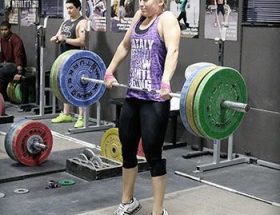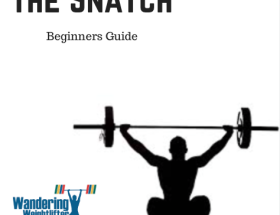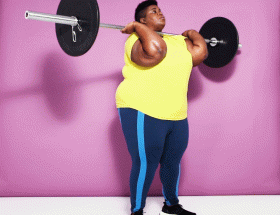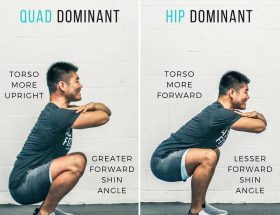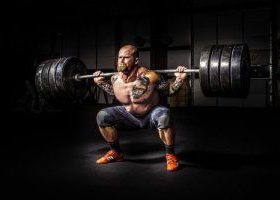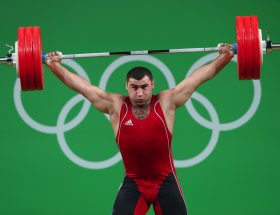Weightlifting is a demanding sport that requires various body movements and techniques. To excel in weightlifting, having the right equipment is essential and weightlifting shoes are no exception. Investing in a good pair of weightlifting shoes can significantly improve your performance and reduce the risk of injuries.
Importance of Weightlifting Shoes
Weightlifting shoes are specifically designed to provide stability, support, and traction during weightlifting exercises. These shoes have unique features that make them different from regular athletic shoes. They have a raised heel, typically made of hard plastic or wood, which allows for a deeper squat position while maintaining proper form. The elevated heel helps shift the weight to the back of the foot, improving balance and reducing the strain on the ankle, knee, and hip joints.
Factors to Consider
When choosing weightlifting shoes, there are several factors to consider to ensure the right fit and functionality. These factors include:
Heel Height
The ideal heel height varies depending on an individual’s body type, flexibility, and lifting style. Generally, weightlifting shoes have heel heights ranging from 0.5 to 1 inch. A higher heel is recommended for those with limited ankle mobility and helps achieve a more upright torso position during lifts. It is essential to find the heel height that suits your lifting style and body mechanics.
Outsole
The outsole of weightlifting shoes is typically made of hard rubber or plastic, providing excellent grip and stability. Look for shoes with a non-compressible outsole to maximize power transfer and minimize energy loss during lifts.
Material and Construction
The quality of the materials used and the construction of weightlifting shoes are crucial factors to consider. Look for shoes that are made from durable materials such as leather or synthetic leather. The shoes should have sturdy stitching and reinforcements to withstand the heavy loads and stress of weightlifting.
Ankle Support
Ankle support is another vital consideration, especially for individuals with weak or injured ankles. Weightlifting shoes with a high-top design provide additional stability and support to the ankles, reducing the risk of injuries and promoting proper lifting form.
Fit and Comfort
Comfort and fit are crucial for weightlifting shoes. Shoes that fit snugly, providing ample support and stability, are essential for optimal performance during lifts. Consider trying on different brands and sizes to find the pair that feels most comfortable and supportive.
Conclusion
Choosing the right pair of weightlifting shoes is vital for enhancing performance and reducing the risk of injuries. Consider the factors mentioned above when purchasing weightlifting shoes to ensure a proper fit and functionality. Investing in a good pair will undoubtedly contribute to better lifts and improved overall performance in weightlifting.

